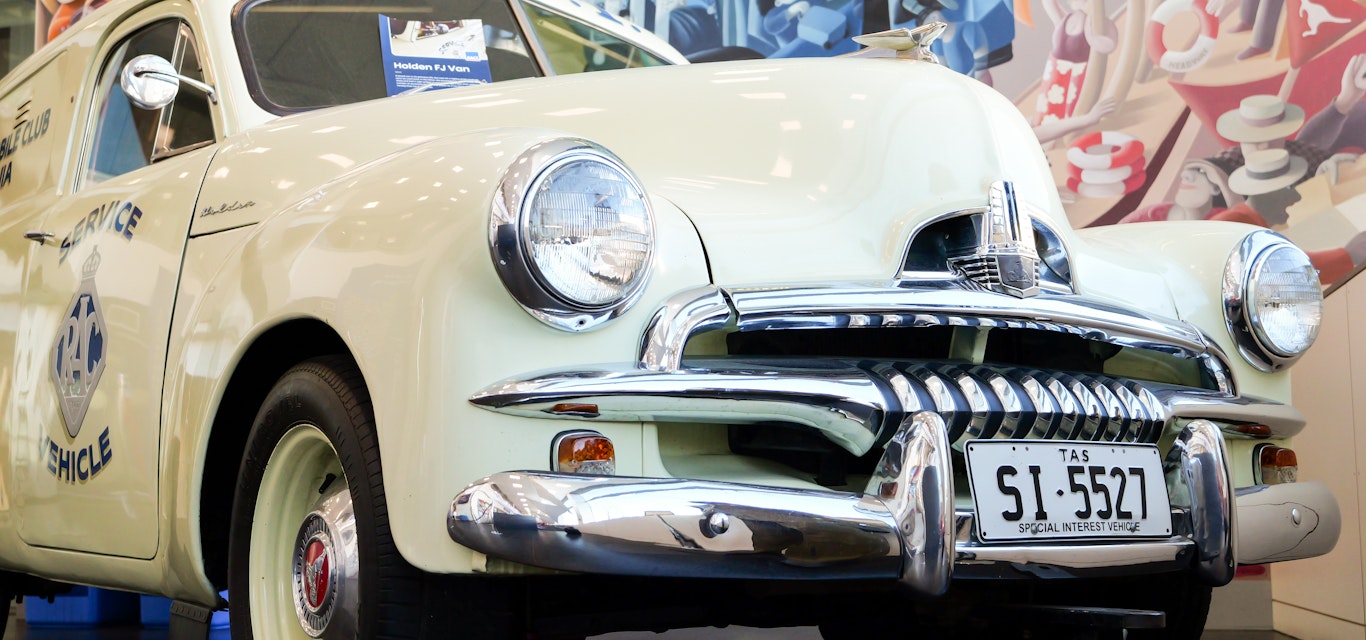FJ at your service
Released 70 years ago this year,the FJ Holden stands as one of the most important icons of 1950s Australia. For years the FJ was used as an RACT service vehicle, saving Tasmanians stuck on the roadside.
The FJ Holden was launched in October 1953 as an update to the first mass-produced Australian car, the 48-215, which had been released in 1948 and is commonly referred to as the FX Holden.
Marketed as the New Look Holden, The FJ carried over almost all the mechanicals and styling of the FX but added a redesigned finned grille, chrome hubcaps and bumpers, new brightwork on the body sides, and distinctive torpedo-shaped tail lights, with chrome wings on the rear mudguards.
Perhaps most importantly, the FJ came in three trim levels, including a luxurious new Special variant with such luxuries as two-tone paint, leather seat trim, front-door armrests, chrome instrument surrounds and a cigarette lighter.
Powered by the same 2.2-litre inline six-cylinder “Grey Motor” as the FX, with outputs of 45kW at 3800rpm and 136Nm at 2000rpm, the FJ was available only with a three-speed column shift manual and initially in sedan and ute body styles, although a panel van was later added to the range.
Despite such modest outputs by today’s standards, the FJ was regarded as a reasonably spritely performer, thanks largely to the fact that its British badged rivals were powered by asthmatic four-cylinder engines.
Pricing for the sedan was around $2046, or the equivalent of 64 weeks’ wages in 1953, but despite this the FJ was soon the hottest ticket in town thanks to its durability and performance, good ground clearance, comfortable ride and roomy six-passenger interior.
The FJ has been immortalised in Australian pop culture on many occasions, including by musician and actor Peter Brian, who adopted the Frankie J Holden moniker while frontman for 1970s retro pop band Ol’ 55, and director Michael Thornhill who named his 1977 feature film after the FJ Holden in which his two protagonists cruise Sydney’s western suburbs. This icon of the road was also seen frequently on Tasmanian roads as it served reliably to RACT patrol as a service vehicle thanks to its added practicality.
By the time the FE variant was released in July 1956, the FJ Holden had sold a total of 169,969 units, and in second and third-hand guise would go on to fuel the wanderlust of the post-war baby boomer generation, the wildest of whom customised their “Humpys” with fox tails, wider steel rims and twin Stromberg carburetors.
